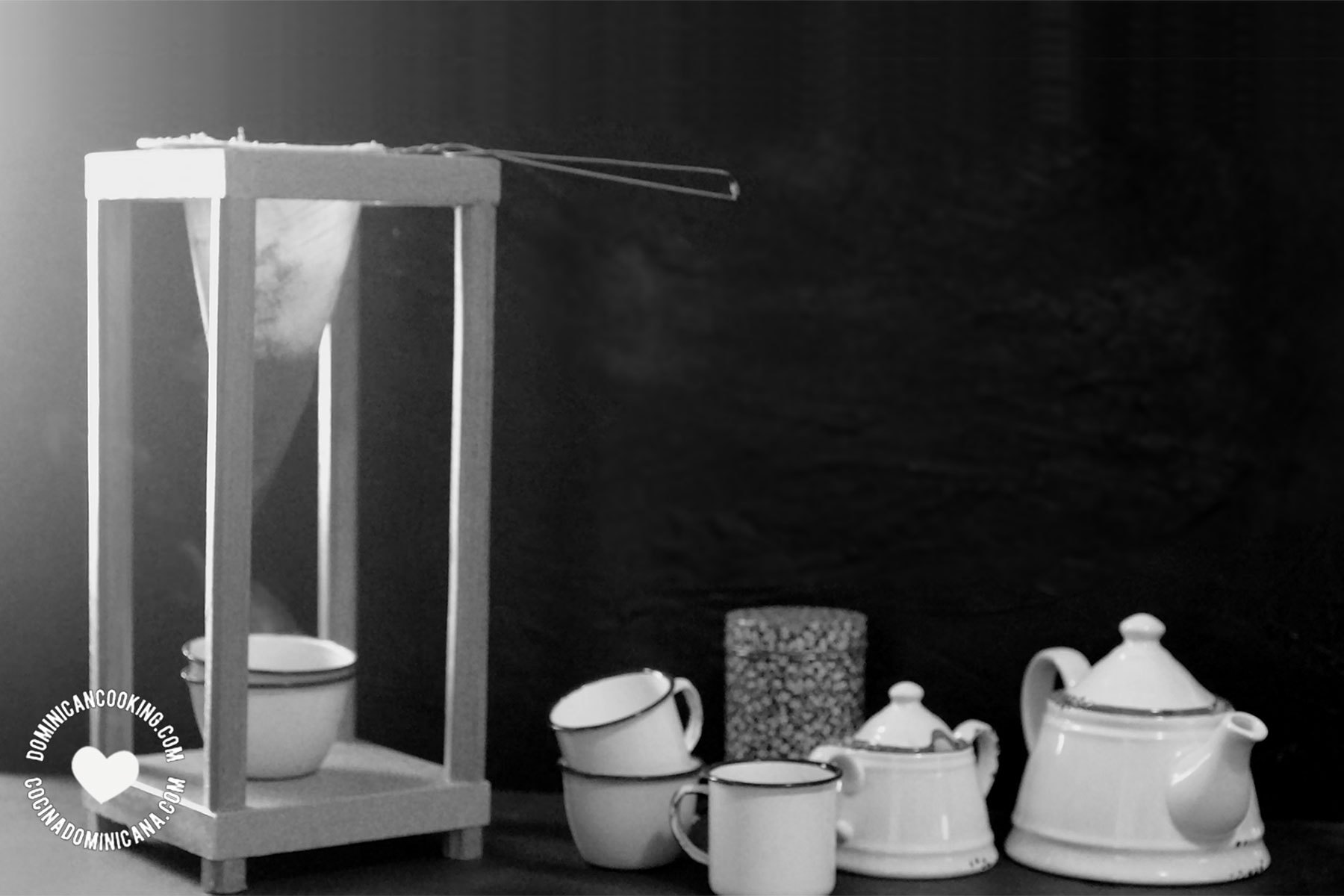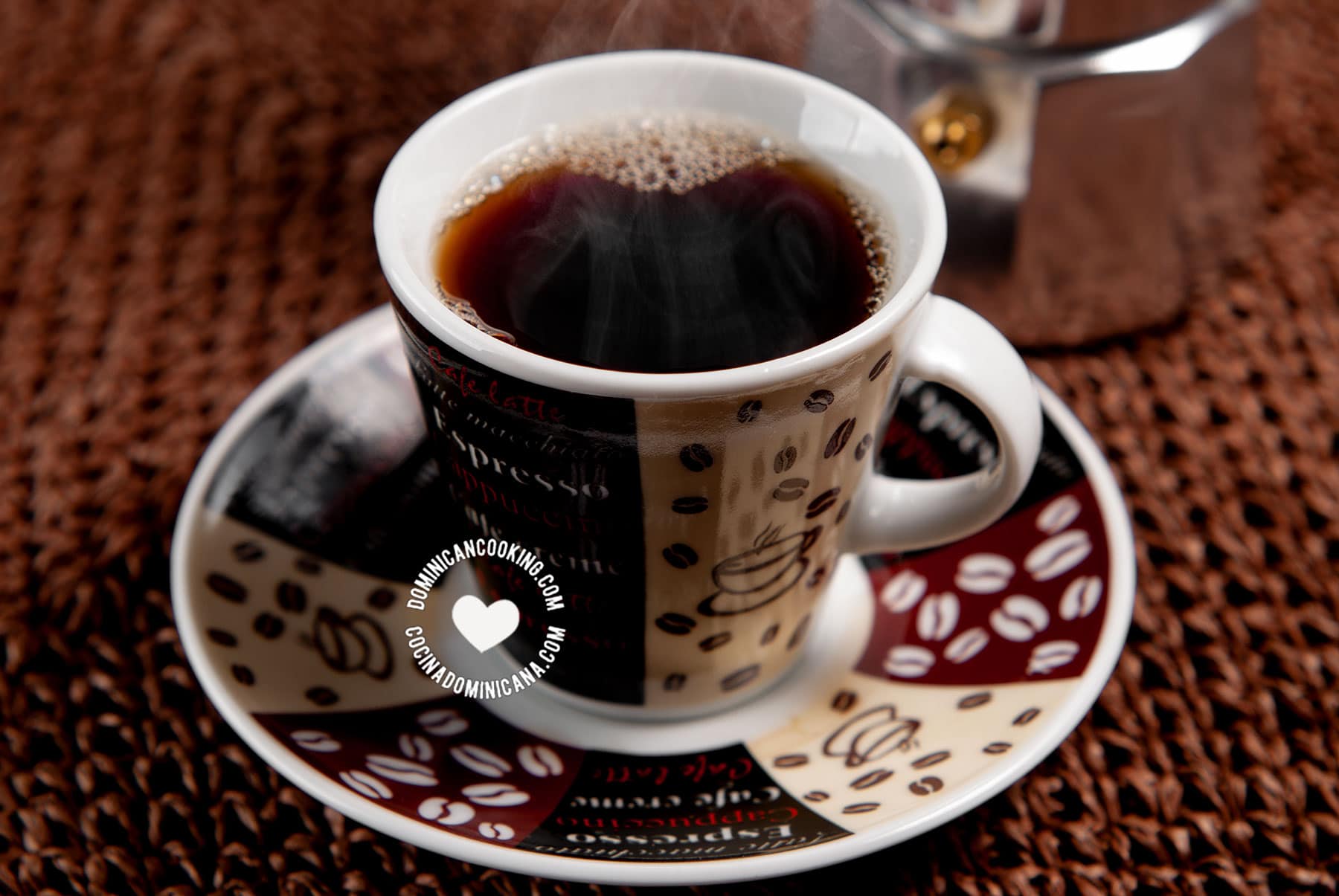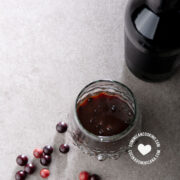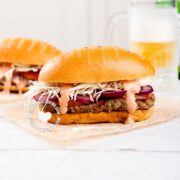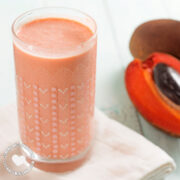Coffee is a serious matter for Dominicans, and fortunately of very good quality. But what about coffee abroad?
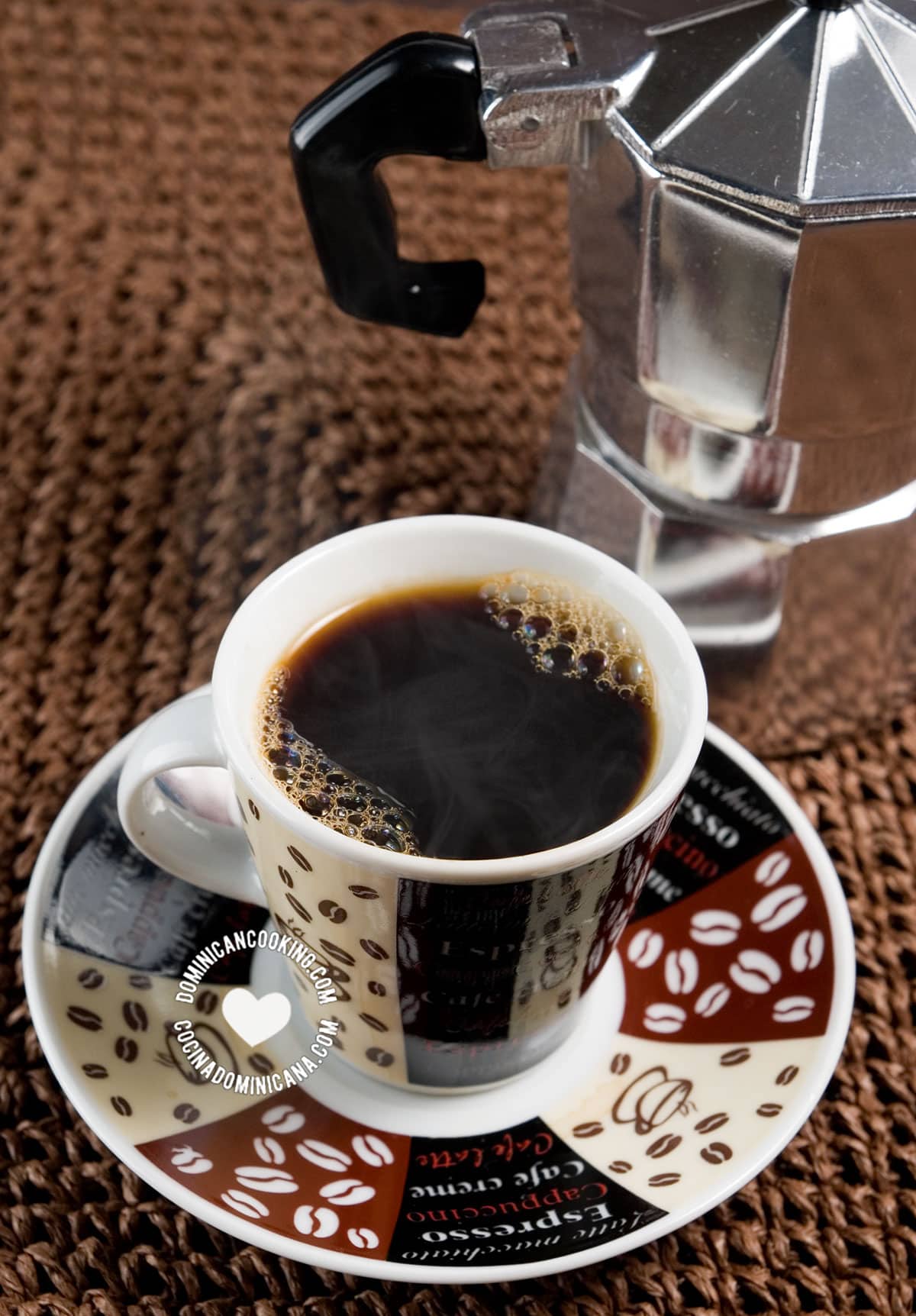
It's rare to find a Dominican who doesn't love coffee. There is a special bond between our people and one of the country's main export products.
You'll be welcomed with a cup of coffee in the humblest Dominican home, and it's considered very bad form to refuse such an offer. People who have next to nothing will always have some coffee to offer the visitor. I have a problem with very sweet coffee and prefer not to drink coffee later than mid-afternoon, but find it hard to say no to a cup in these circumstances.
Coffee here
Before visiting the Dominican Republic I had been very disappointed with the quality of coffee served in coffee-producing countries. It seemed that the good stuff was always reserved for the export market.
It came as a welcome surprise that the Dominican Republic breaks that mold. The coffee here is remarkably good. The best known popular brand is all you could ask for, which means that you don't have to spend more on premium brands for a really good cup of coffee. There are also several brands of organic coffee, slightly more expensive and all of extremely good quality.
Medio pollo and café con leche
I fell for it the first time. My husband took me to La Cafetera del Conde and asked me what I wanted, "coffee", I answered. He asked for "a 'medio pollo'" with a mischievous smile. Of course, my reaction was "what the hell are you doing ordering chicken at 10 in the morning?"
Some of you are sure to smile too; for the others who don't know it "medio pollo" (half a chicken), for some obscure reason, is what Dominicans call a certain combination of coffee and milk.
At one of our weekly lunches when we lived in Santo Domingo, our friend Himilce took great pleasure in educating a Cuban waiter, probably newly arrived in the country, who had no idea what she was talking about when she ordered what he took as a meat dish, to accompany her tiramisu, just after eating a sumptuous Italian meal.
Apart from medio pollo, "café con leche" is another combination of coffee and milk, the difference is that medio pollo is a small cup of strong espresso with a little bit of milk, while café con leche is a big cup of less concentrated coffee, with about equal amount of milk.
Black coffee
Dominicans call their black coffee simply "café". This is always taken with sugar, otherwise, it is called "café amargo". A watered-down version of filtered coffee is called "café americano" and held in less esteem by lovers of the true high-octane coffee that is "café de greca", the preferred coffee here.
Café de colador, and café de greca
Traditional Dominican campesino coffee is not made with the usual 'greca' but with a colador, a filter resembling a small butterfly net that brews the coffee in hot water. Greca is the aluminum stove-top coffee maker commonly used in Spanish, Italian, and French kitchens. 'Cafe colado' may be weaker than 'greca' coffee, and I have heard that the closest equivalent is coffee made in a cafetière (French press), my personal preference.
Today the colador has been largely replaced by the more popular greca.
Read: How to Make the Perfect Dominican Coffee
Coffee abroad
Coffee seems to inspire some unusual names and along with traveling and comparing customs and languages from different parts of the world. It's a topic that is very close to my heart. Let me take you on a trip around the world to see what people elsewhere call the various types of coffee.
In Spain
Call me biased, but I maintain that no one makes a better coffee than the Spanish. "Café solo" (not "negro") is the small, rich, velvety-textured coffee as bitter as an espresso. If you're a masochist, as they say, then order a "doble solo" or "largo" for a double shot. The Spanish, in their inimitable way, have a doble solo at 11am, and will neutralize the effect with a strong brandy. Try it. Love it or hate it but you won't forget it! Café con leche, is -- as its name suggests -- coffee with milk, while "café manchado" is coffee with just a bit of milk… Or is it milk with just a bit of coffee?
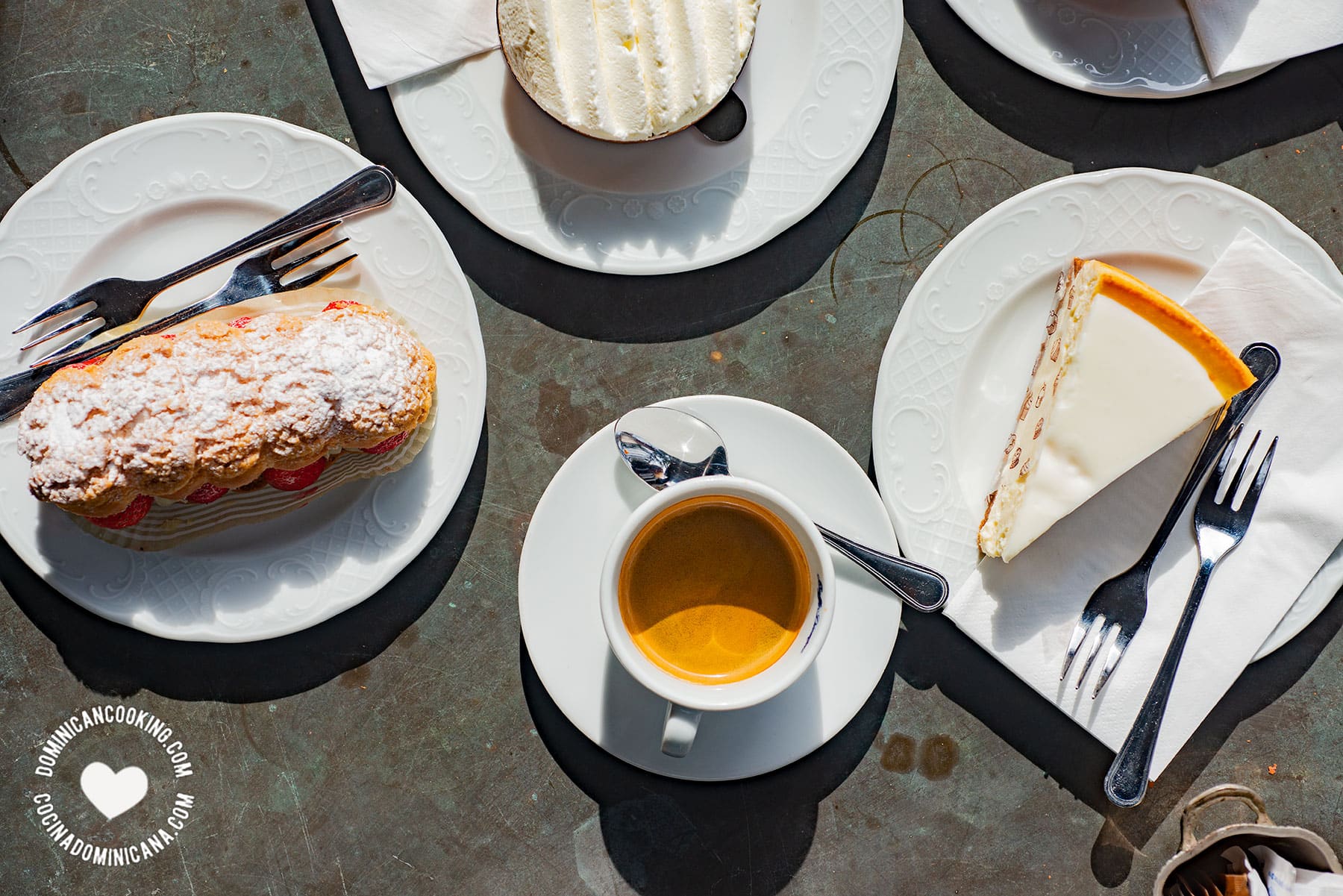
In Italy
Italian coffee has become popular around the world, and for good reason. The small black coffee is called espresso (never expreso!) and the rules of consumption are rigid. Never in the morning, never before a meal. Cappuccino (the sparkling coffee with milk) is allowed in the morning. Mocha is a delicious combination of chocolate and coffee, and latte is a coffee with milk, but with more milk.
In South America
In Colombia, black coffee is called "tinto" like wine. In Venezuela they have more variations: Negro/negrito for black coffee and marrón/marroncito for latte, depending on the size of the cup, and "guayoyo" which is diluted coffee. The classic Venezuelan black coffee is even stronger than its Dominican cousin, served in a small pitcher, and swallowed in one gulp like the bitter drink it is. Watch out!
In England
The English until recently called instant coffee "coffee" and any other would have to be specified as "real" or "filter" coffee. In the last few years, however, "real" coffee has become more popular and you can pretty much be sure that you won't be served instant if you order "coffee". At least in most establishments. If there's no espresso machine in sight, it pays to be specific.
Coffee and politics
As we travel east, coffee takes on political overtones - I defy anyone to order "Turkish coffee" in Greece, or vice versa, "Greek coffee" in Turkey! Both are exactly the same thing. They are made by boiling finely ground coffee in a small pot with sugar, letting it foam twice and allowing the coffee beans to settle in the cup before drinking.
The Israelis call it "café botz" (muddy coffee). The Arabs add a delicious touch by including cardamom pods in the brewing. Taste it.
"Nes" (short for Nescafe) is what the Israelis call the unmentionable drink: instant coffee. Nes means "miracle" in Hebrew, I can think of one or two people who would dispute that claim.



